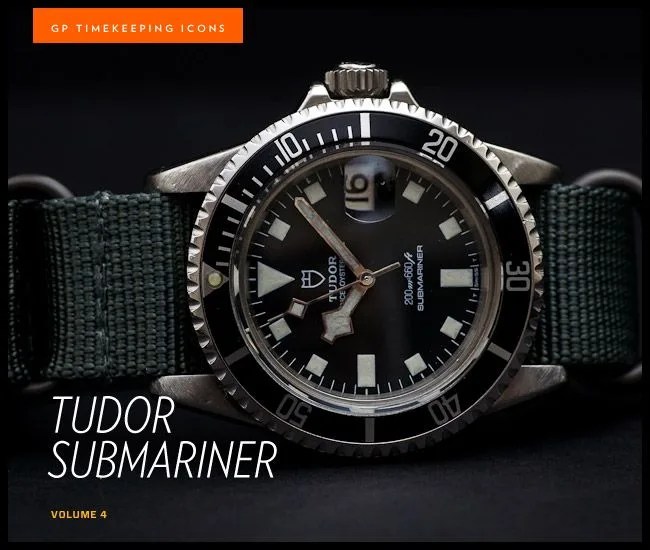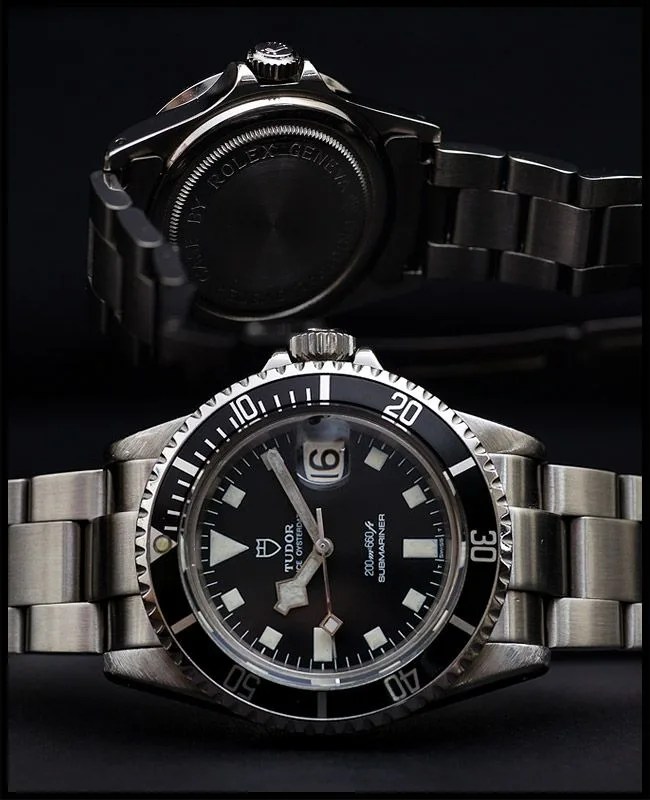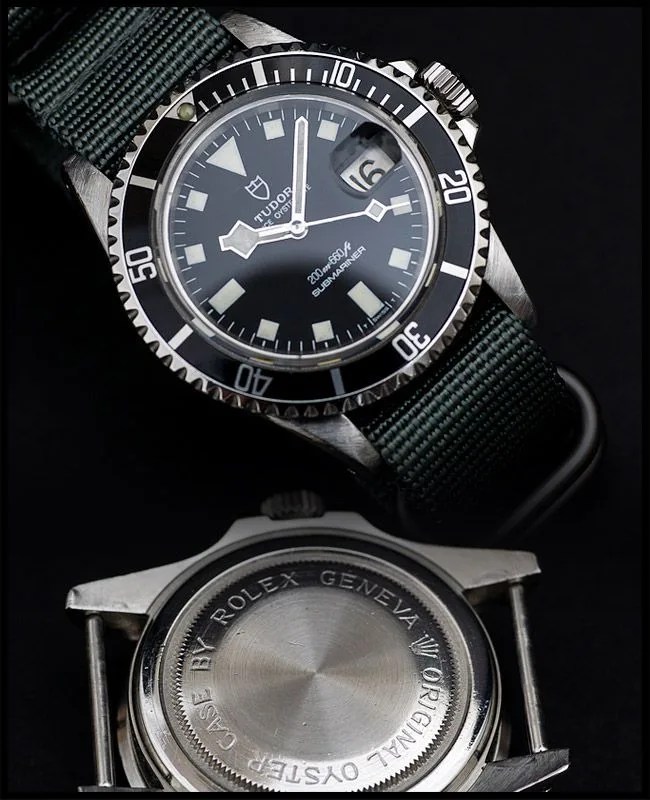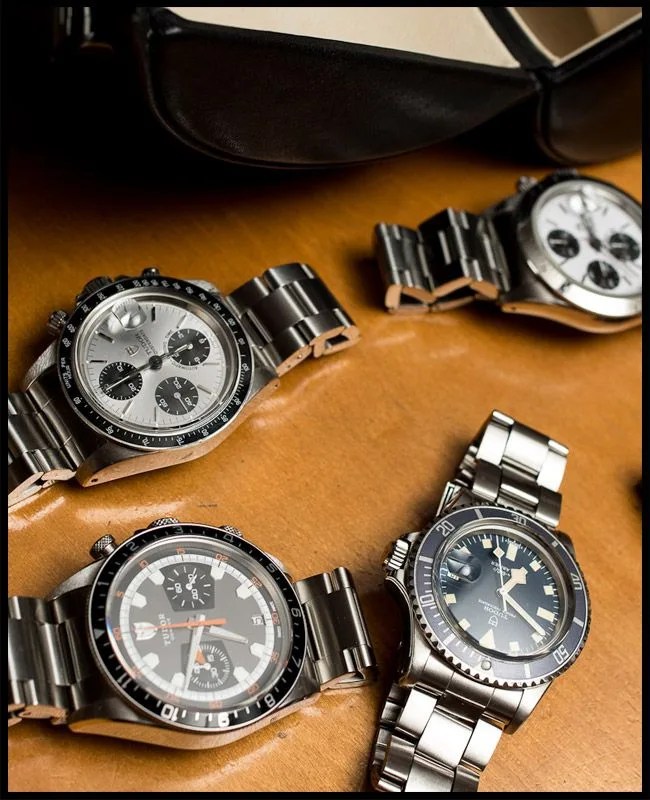 Jae Yoon
Jae YoonEverybody and his grandmother knows who Rolex is. They’ve done such a wonderful job marketing their brand that even folks who couldn’t care one whit about watches will swear up and down that Rolex is not just the best watch made, it’s the only watch worth considering. Period. Well, as connoisseurs of the craft, we know that there are, in fact, other watches out there, many from brands that can objectively be considered “better”, but ultimately who’s keeping score? We sure aren’t, which is why we can say that we love Rolex, too; and despite the baggage that comes with their unprecedented success in the watch world, they remain at their core highly reliable, accurate and rugged watches. However, there’s more to Rolex than meets the eye, and what many of their unwitting boosters don’t realize is that Rolex also produces another storied brand, Tudor.
Continues after the jump.

Tudor, which was named in honor of England’s House of Tudor, was first conceived by Rolex founder Hans Wilsdorf as far back as the 1920s, but wasn’t officially launched until 1946. At the time, Mr. Wilsdorf is quoted as saying:
“For some years now I have been considering the idea of making a watch that our agents could sell at a more modest price than our Rolex watches, and yet one that would attain the standards of dependability for which Rolex is famous. I decided to form a separate company, with the object of making and marketing this new watch. It is called the Tudor Watch Company”.
One way to view the relationship between the two brands would be that of Rolls-Royce and Bentley, with the latter being marketed as a less pricey, less ostentatious version of the former. Indeed, as with certain Rolls-Royce models from back in the day, it would be hard for the untrained eye to separate say, a Rolex Submariner from a Tudor Submariner, never mind that the differences are there if you know what to look for. The cases and bracelets of these early Tudors were manufactured by Rolex, and indeed, for a time bore the trademark Rolex crown, while their movements were sourced first from Fleurier, and later from Ebauches, SA, which is more commonly known today as ETA. It’s this latter bit that has some Rolex snobs looking down their noses at Tudor, since they swear up and down by Rolex’s in-house manufactured movements, but fortunately we suffer from no such elitist afflictions. Tudors rock, plain and simple.



